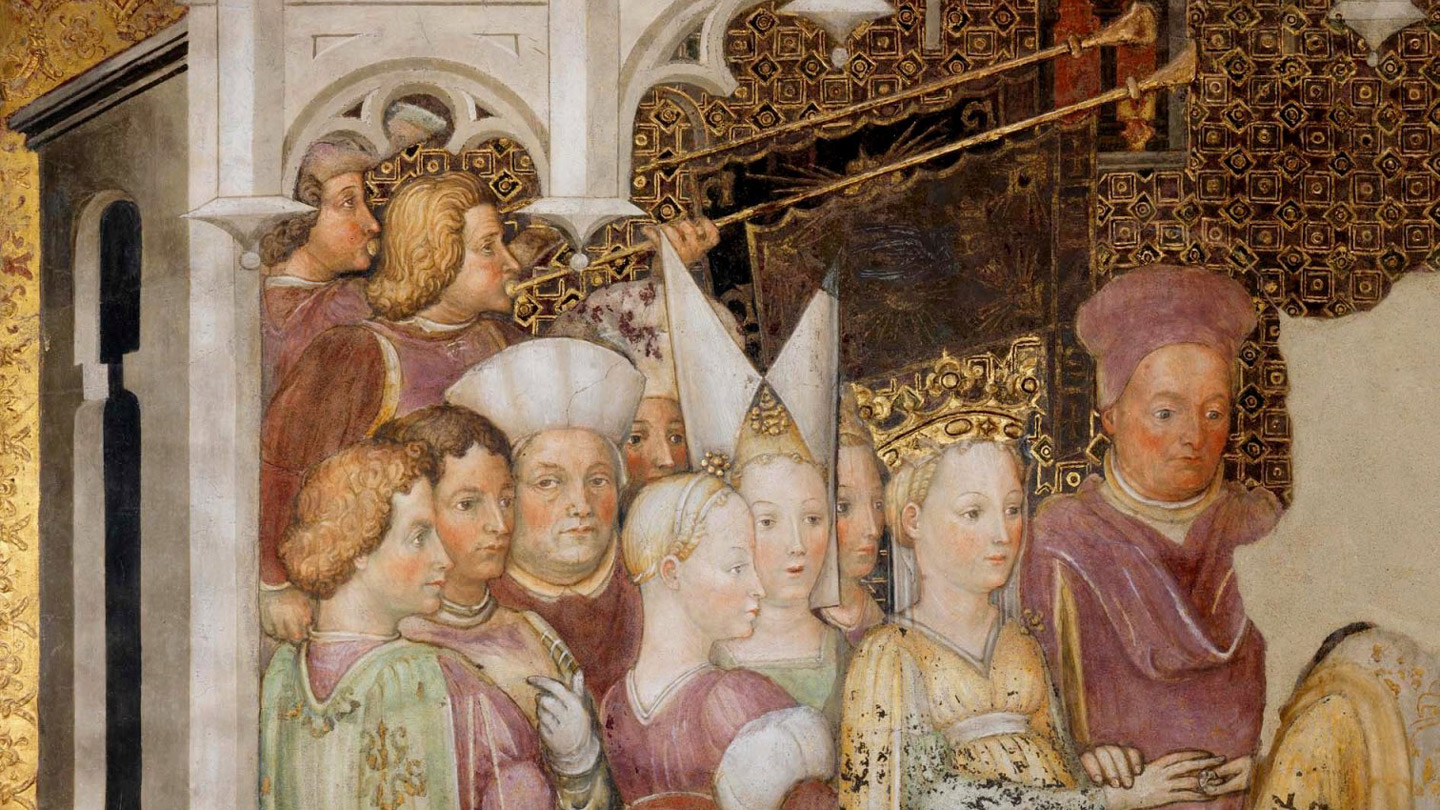In 568, the Lombards moved from what is now western Hungary and eastern Austria to Italy, which had previously been part of the Eastern Roman Empire. They founded a kingdom in northern Italy that lasted for almost 200 years. This migration, in which various groups took part under Lombard leadership, is well attested in texts from the time. But how was the new ruling class integrated into the Christian, late Roman society of northern Italy? And conversely, how were the locals accepted into the new ruling class?
New archaeogenetic findings are now shedding light on this question. An international research team of the EU research project HistoGenes, coordinated by the Austrian Academy of Sciences (OeAW), has investigated the genetic traces of the Lombards in the Collegno cemetery near Turin. The results of this interdisciplinary research have now been published in the journal Proceedings of the National Academy of Sciences (PNAS).
Warrior elite with different roots
Until the middle of the 7th century, the warrior elite of the Lombards buried their dead with representative grave goods: Weapons and multi-piece, studded belts, garment brooches and other jewelry among the women were considered an expression of their high social status. Genetic studies confirmed that the majority of the people buried in Collegno came from the north. However, the analyses also revealed that one of the founding families was predominantly of Mediterranean, i.e. Roman, origin. This group, whose graves were also furnished with precious weapons, integrated into the military leadership of the Lombards, although they did not originally come from the north.
Genes prove cultural integration and elite formation
“The archaeogenetic findings suggest that members of the local population were soon accepted into the new elites and even helped to protect and administer the kingdom of the Lombards,” says Walter Pohl, historian at the Institute for Medieval Research at the Austrian Academy of Sciences and head of the HistoGenes project. This also led to marriages and gradual genetic mixing.
“The new research not only provides evidence for existing knowledge, but also opens up completely new insights into how this immigration affected the Lombards' new homeland,” says the historian. One remarkable detail is the presence of so-called gold leaf crosses in some of the graves. These pieces of jewelry underline the Christian faith of the buried and illustrate the religious integration of the Lombard upper class into the society of northern Italy.
